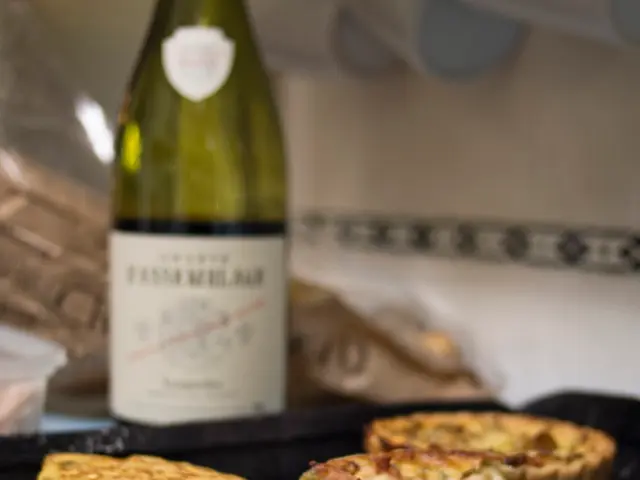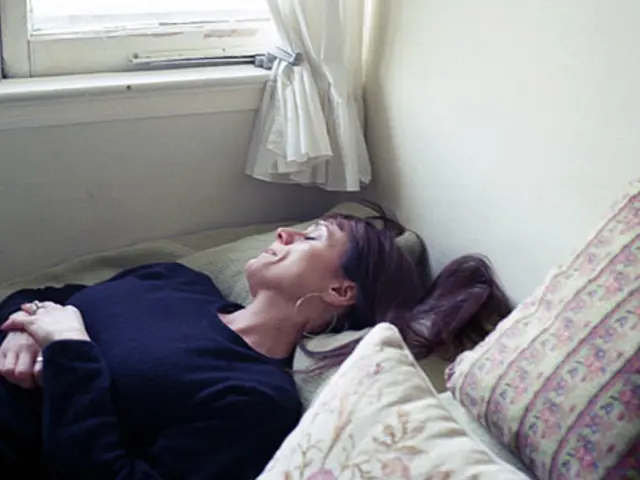Restoration of New Zealand's Ecosystems: The Role of Māori Knowledge Contributions
New Zealand's paradise is more than just breathtaking landscapes; it's a living, breathing entity deeply rooted in the Maori people's identity. For these indigenous folks, the land isn't just a resource, but an essential part of their genealogy - Whakapapa. They view it as a living entity that intertwines the past, present, and future of the Maori people and all living things.
Maori's unique connection to the land dictates their approach to conservation, with guardianship (Kaitiakitanga) and hospitality and respect (Manakitanga) shaping their interaction with the environment. Fusion of ancient wisdom and modern conservation techniques is what's making waves in New Zealand, offering promising results in the pivotal task of restoring the country's ecosystems.
Matariki, the Maori New Year, has been given new life, serving as a time for reflection, planning, and environmental awareness. Communities come together during this mid-winter festival, striving to reconnect with nature and reflect on their personal impact on the land.
Numerous Maori-led conservation projects are breathing life back into New Zealand's ecosystems. The Ngāi Tahu tribe, for instance, has achieved significant success by integrating traditional practices with contemporary scientific methods while restoring the Waituna Lagoon. The use of customary seasonal calendars has significantly improved this vital wetland system's health.
Traditional practices in water management are another area where the Maori's reverence for water as a sacred resource comes into play. Initiatives like Rāhui (temporary restrictions) on waterways allow ecosystems time to regenerate, helping maintain healthy aquatic environments and harkening back to the knowledge passed down through generations.
The Maori have an in-depth knowledge of native plant species and their uses, essential in ecological restoration. Projects led by Tūhoe people, such as replanting native flora like harakeke (flax) and kōwhai, help restore habitats and support biodiversity, enhancing soil health and providing food and shelter for native wildlife.
Maori perspectives on predator control also play a crucial role in the conservation of New Zealand's unique fauna. Combining traditional methods with new technologies helps safeguard native species, creating effective and innovative strategies for coexisting with nature.
Integrating Maori knowledge and modern science has led to pioneering conservation strategies, with collaborative projects between Maori leaders and scientists ensuring culturally appropriate and scientifically robust strategies.
Education and community involvement are essential components of sustainable conservation efforts. Programs that educate younger generations about Maori traditional ecological knowledge and scientific principles create a foundation for future stewards of the environment.
Coastal ecosystem restoration benefits from Maori knowledge of marine ecosystems. Traditional methods geared toward maintaining the health of kaimoana (seafood) populations are being revived, ensuring sustainable harvests and protecting marine biodiversity.
The cultural resilience of the Maori is deeply intertwined with the health of their land. Not only does this resurgence of traditional practices heal the environment, but it also nurtures the cultural identity of the people who respect and care for it.
Embracing Maori ecological knowledge is key to New Zealand's path forward in ecological restoration. By marrying traditional wisdom with modern scientific tools, the country charts a course to not only heal its landscapes but also foster a deeper respect and understanding of the relationship between humanity and nature.
In conclusion, the Maori-driven renaissance in ecological conservation does more than pay homage to the past; it redefines the future of New Zealand's ecological restoration. By incorporating ancient wisdom and modern scientific tools, the nation fosters a balanced environment that'll safeguard its unique biodiversity for generations to come.
Sources:
- Conservative, N. (n.d.). Aotearoa’s indigenous community battling climate change with ancestral wisdom. The Huffington Post.
- Department of Conservation. (n.d.). Iwi partnerships project.
- Erueti, T. (n.d.). The collective vision for belonging: Future-oriented Māori leadership in community organizations. Matatini: Journal of Maori Education, 9(1), 1-20.
- Pepper, S. J., J. M. L. Lim, and M. S. Norton. (2019). The Quiet Revolution: Māori Leadership, Nature Rights, and New Zealand's Constitutional Future. Denver Journal of International Law and Policy 55 (1), 199-244.
- Air New Zealand. (2021). Every Corner Program.
- New Zealand's ecological restoration journey features a fusion of conservation, biodiversity, and wildlife preservation, inspired by the Maori's ancestral wisdom and modern science.
- Involving tribal knowledge, such as Kaitiakitanga, Manakitanga, and traditional water management methods like Rāhui, plays a crucial role in the health-and-wellness of New Zealand's ecosystems.
- By merging ancient practices with contemporary scientific methods, as seen in projects like Ngāi Tahu's Waituna Lagoon restoration, the Maori are leading the way in fostering a balanced environment, with promise for sustainable biodiversity conservation.




